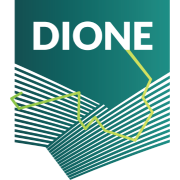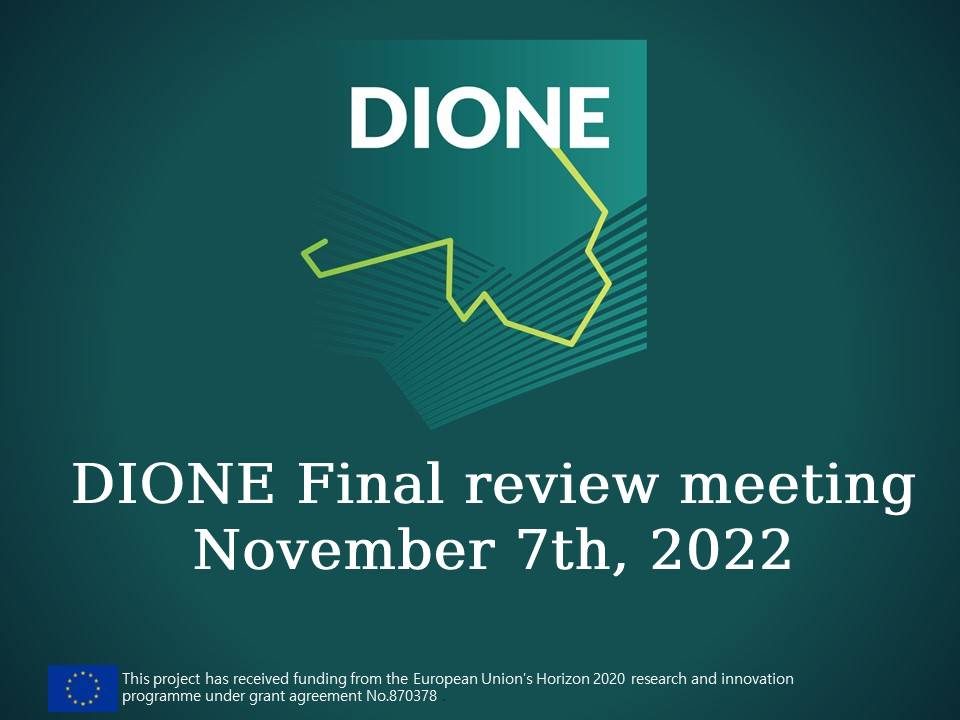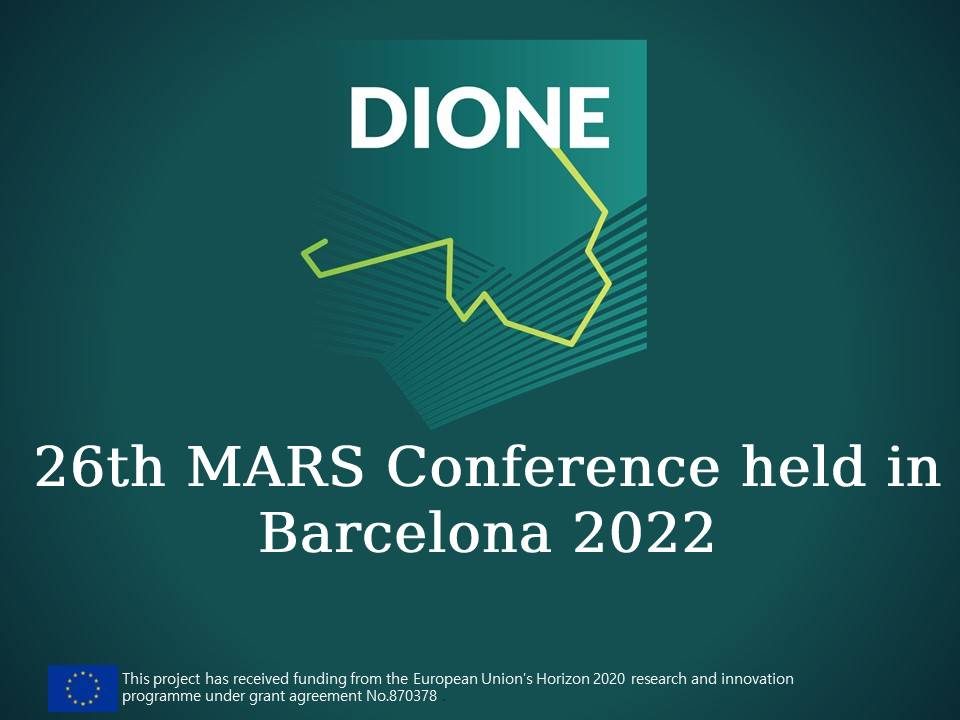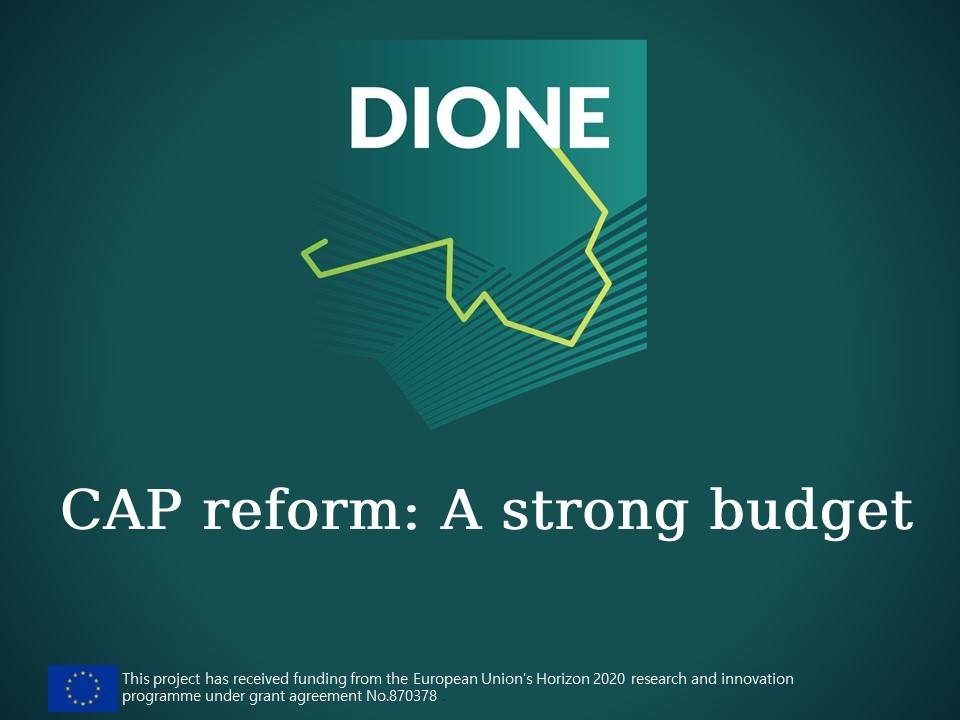
D5.1 Environmental metrics methodology for ML-system
August 26, 2021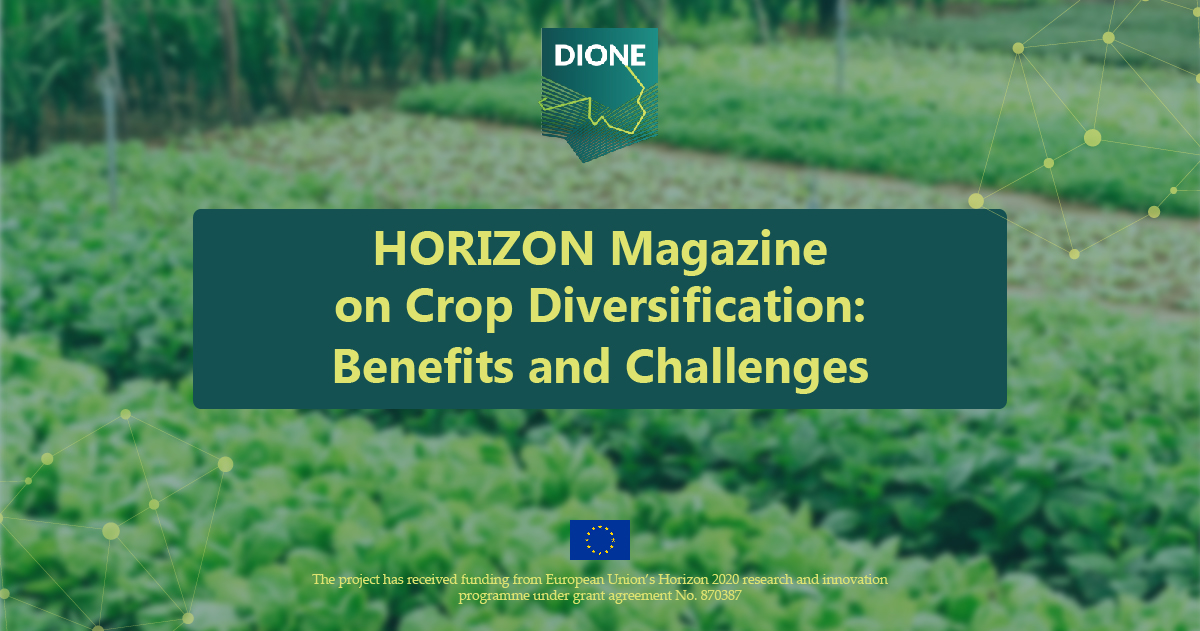
HORIZON Magazine on Crop Diversification: Benefits and Challenges
September 9, 2021What does the preparation of the third Sentinel-2 satellite mean for further development of Earth Observation?
After launching the first Copernicus Sentinel-2 satellite in orbit in 2015 and the second in 2017, experts and engineers are preparing the third Copernicus satellite, Sentinel-2C for a 5-month testing programme to ensure it will be ready for its’ lift-off in early 2024.
The testing programme includes a range of mechanical tests that simulate the noise and vibrations of lift-off, tests that check that the satellite deploys its solar wing correctly, other tests that place the satellite under the extreme temperature swings it will experience in space, and electromagnetic compatibility tests to measure radio frequency radiation levels generated by the satellite and to verify the correct operation of the satellite equipment under this environment
The Sentinel-2 satellites are providing the scientists and innovators with unprecedented views of Earth with an innovative high-resolution multispectral imager, combined with their 290 km-wide swath. The Copernicus mission provides information mainly for agricultural practices and for tackling the global issue of food security. Images can be used to determine leaf area chlorophyll and water content indexes, for example. These data are particularly important for effective yield prediction and applications related to Earth’s vegetation. However, over the last six years, the mission’s data have also been used to monitor changes in ice sheets and glaciers, coastal erosion, deforestation, burnt land resulting from wildfires, pollution in lakes and coastal waters, and more.
The mission is based on a constellation of two identical satellites in the same orbit, 180° apart for optimal coverage and data delivery. So, when Sentinel-2A retires, Sentinel-2C will be there to take its place, and eventually Sentinel-2D will replace Sentinel-2B. This pairing guarantees the continuation of data delivery that many Copernicus Services users now rely.
The swift continuation of the Copernicus mission goes hand in hand with DIONE goals and project’s plan. Namely DIONE EO component is using Sentinel Hub information/images based on DIAS to produce enhanced crop-type maps and non-productive EFAs maps. Further progress of Sentinel-2 satellites offers basis for development of DIONE Toolbox components as well.
Source: Gearing up for third Sentinel-2 satellite
The testing programme includes a range of mechanical tests that simulate the noise and vibrations of lift-off, tests that check that the satellite deploys its solar wing correctly, other tests that place the satellite under the extreme temperature swings it will experience in space, and electromagnetic compatibility tests to measure radio frequency radiation levels generated by the satellite and to verify the correct operation of the satellite equipment under this environment
The Sentinel-2 satellites are providing the scientists and innovators with unprecedented views of Earth with an innovative high-resolution multispectral imager, combined with their 290 km-wide swath. The Copernicus mission provides information mainly for agricultural practices and for tackling the global issue of food security. Images can be used to determine leaf area chlorophyll and water content indexes, for example. These data are particularly important for effective yield prediction and applications related to Earth’s vegetation. However, over the last six years, the mission’s data have also been used to monitor changes in ice sheets and glaciers, coastal erosion, deforestation, burnt land resulting from wildfires, pollution in lakes and coastal waters, and more.
The mission is based on a constellation of two identical satellites in the same orbit, 180° apart for optimal coverage and data delivery. So, when Sentinel-2A retires, Sentinel-2C will be there to take its place, and eventually Sentinel-2D will replace Sentinel-2B. This pairing guarantees the continuation of data delivery that many Copernicus Services users now rely.
The swift continuation of the Copernicus mission goes hand in hand with DIONE goals and project’s plan. Namely DIONE EO component is using Sentinel Hub information/images based on DIAS to produce enhanced crop-type maps and non-productive EFAs maps. Further progress of Sentinel-2 satellites offers basis for development of DIONE Toolbox components as well.
Source: Gearing up for third Sentinel-2 satellite

